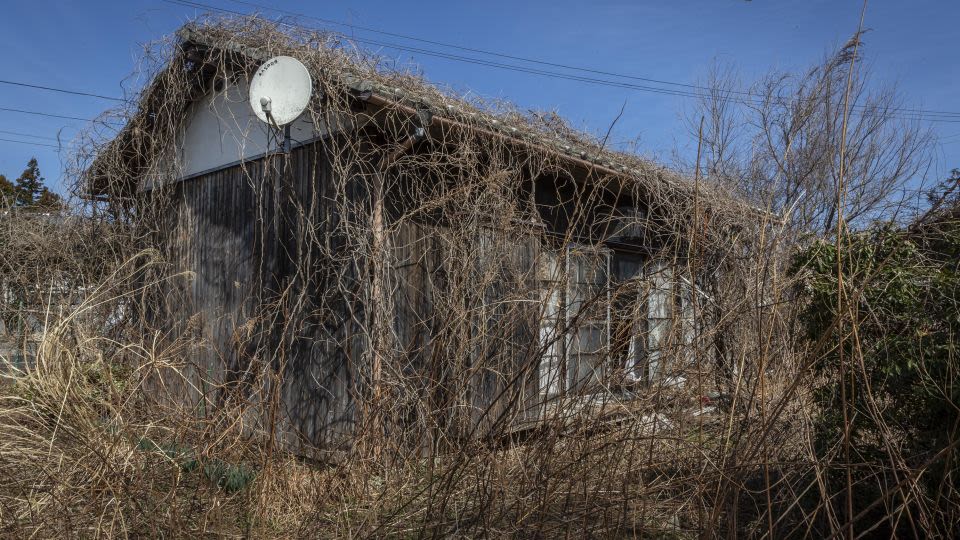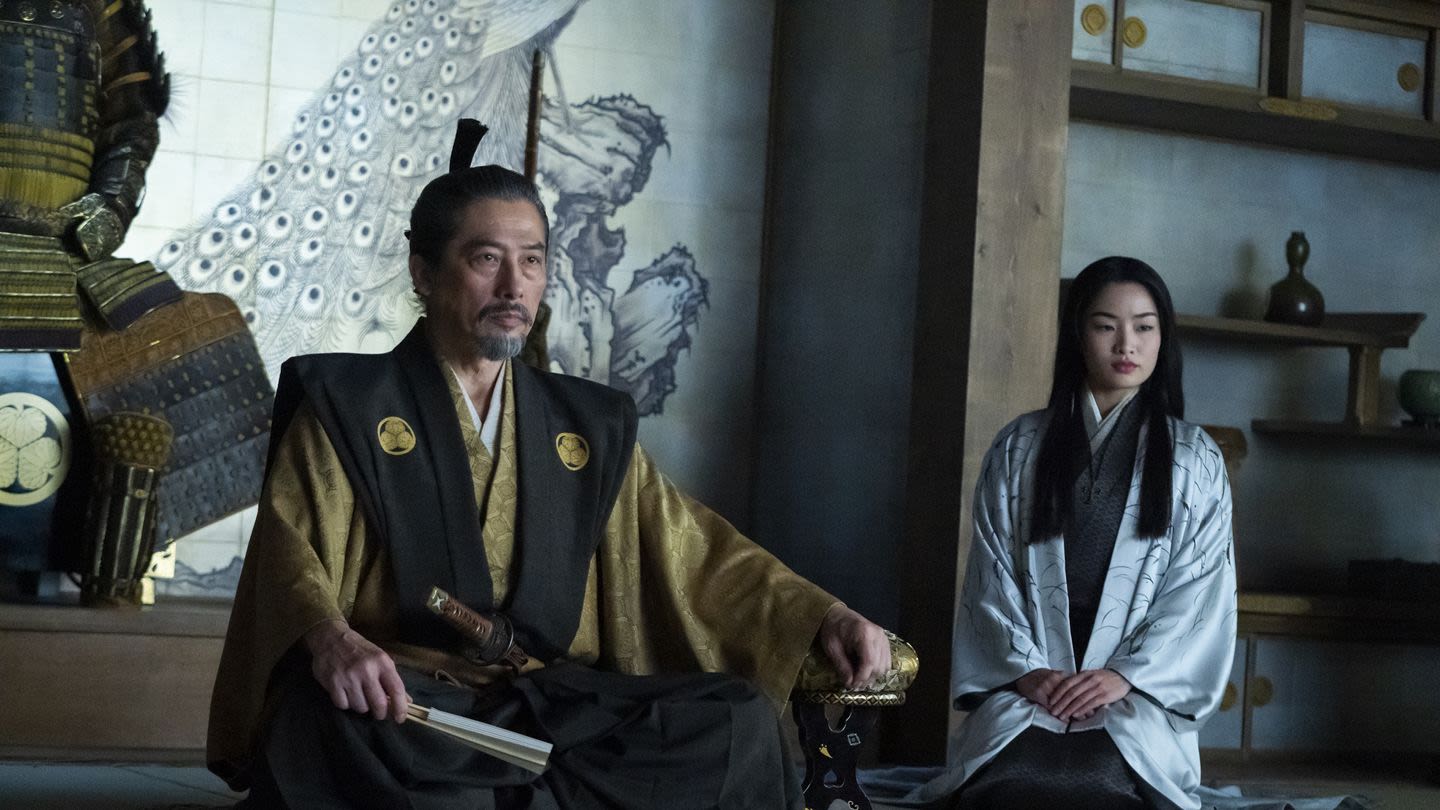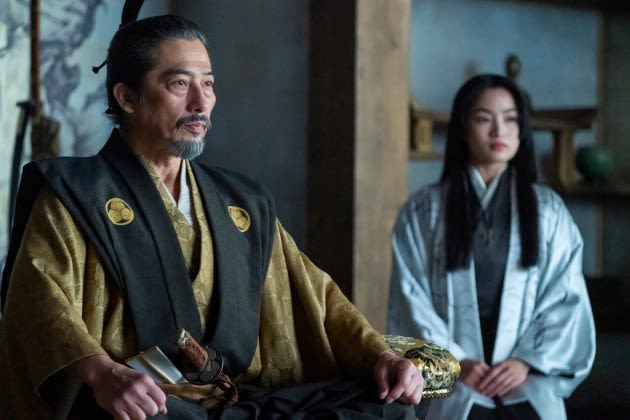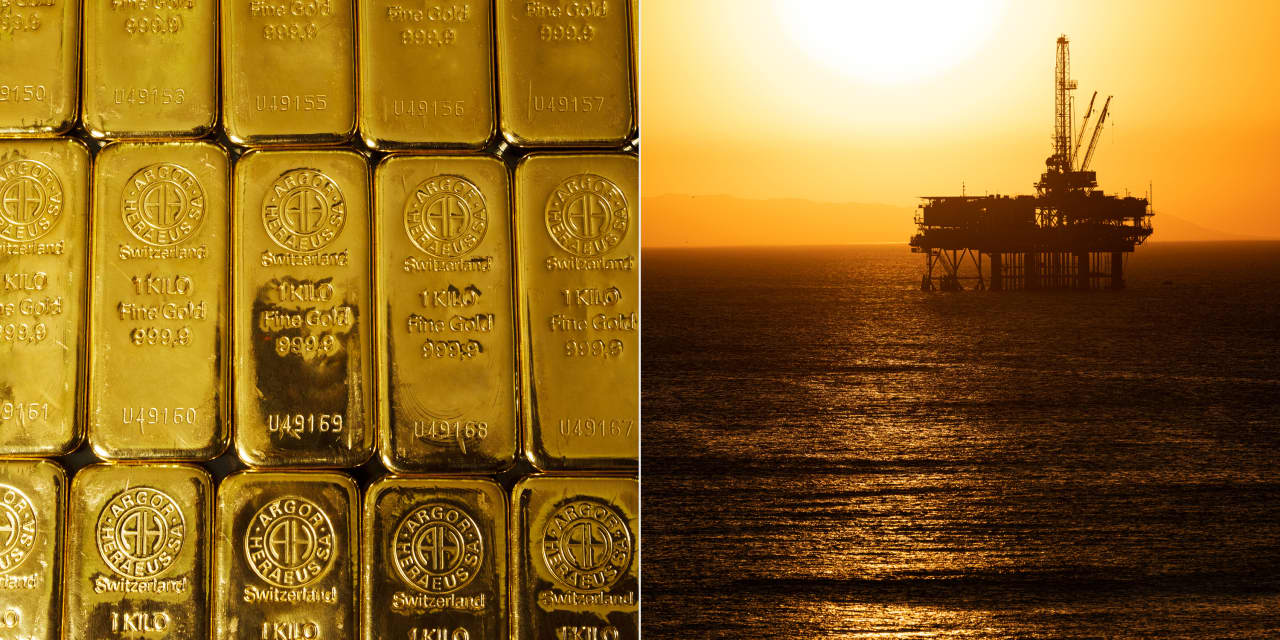Search results
- Meiji Jingu. Meiji Jingu is a sacred shrine to Emperor Meiji, modern Japan’s first emperor following the fall of the Samurais, and his wife, Empress Shoken.
- Yasukuni Shrine. The Yasukuni Shrine was originally established in 1869 by the first emperor of modern Japan, Emperor Meiji, in honour of those who fought and died for the country.
- The Hiroshima Peace Memorial. The Hiroshima Peace Memorial, also known as the A-Bomb Dome or the Genbaku Dome, in Hiroshima, Japan, was the only building in the city which survived following the first ever explosion of an atomic bomb.
- Sensoji Temple. The Sensoji Temple is a Buddhist temple in Tokyo in Japan. Whilst the original structure of the Sensoji Temple is thought to have been built in 628 AD, making it the oldest one of its kind in the city, most of this burned down during World War Two.
- Sensoji Temple, Tokyo. One of the best sites in Japan is the Sensoji Temple. Sensoji Temple is Tokyo’s oldest and most significant temple. Located in Asakusa, this popular Buddhist temple honors Kannon Bosatsu, the goddess of mercy.
- Meiji Jingu Shrine, Tokyo. Meiji Jingu, one of the best historical sites in Tokyo, is a Shinto shrine in dedicated to Emperor Meiji and Empress Shoken. Basically, it holds great importance in Japanese history as it was built to honor Emperor Meiji and Empress Shoken, who played crucial roles in modernizing Japan.
- Imperial Palace, Tokyo. The Imperial Palace in Tokyo is one of the famous landmarks that represents the grandeur and history of ancient Japan. As the primary residence of the Emperor of Japan, it holds immense cultural significance and serves as a symbol of the country’s imperial heritage.
- Hiroshima Peace Memorial Park. Hiroshima Peace Memorial Park, one of the oldest historical sites, is a place of profound importance throughout Japan. Located in Hiroshima, this park serves as a poignant reminder of the devastating impact of the atomic bomb during World War II.
- Tokyo Historical Sites
- Kyoto Historical Sites
- Other Historical Places of Japan
Meiji Jingu
Also known as the Meiji Shrine, this historical monument is located in Shibuya, Tokyo. This shrine was built as a dedication to the spirits of the Emperor Meiji and Empress Shoken. The Emperor was best known for opening Japan to the West and is now known as one of the most important Shinto shrines in Tokyo. This shrine is built on a quiet and rustic land with a park that spans 200 acres in size behind a 12-meter torii gate that you must pass through to get to the shrine. Admission to the Meij...
Sensoji Temple
Sensoji Temple is known as the oldest temple in Tokyo. In a city filled with so many temples, this one has been around for one and a half millennia and is home to the biggest souvenir market in Tokyo and other must-see points of interests such as the Kaminarimon Gate. This temple is a must-visit because of its historical and cultural significance, but also for the sightseeing opportunities. When you visit, don’t miss out on the Nakamise Shopping Street that is filled with tourists! To get to...
Kamakura
Kamakura is a seaside city that is located in the Kanagawa Prefecture about an hour away from Tokyo. During the late 12th century, this city was the political center of Japan. And when the Kamakura government fell in the 14th century, it continued to function as the political center for Eastern Japan. It’s a dark contrast to what the city now is – small and flocked by tourists, full of an abundance of temples, historical monuments, and shrines. The sand beaches in Kamakura are also a crowd fa...
Kyoto Golden Pavilion
This zen temple in Northern Kyoto is one of the most photographed temples in Japan. It’s also one of the most historically significant temples, making it a worthy addition to this list. As the name implies, this temple is covered in gold leaf and is made up of three floors. This pavilion used to be the retirement villa of the shogun Ashikaga Yoshimitsu. After his death in 1408, it was transformed into a Zen temple. Overlooking a beautiful pond, the temple’s structure went through numerous reb...
Kyoto Imperial Palace
The Kyoto Imperial Palace was the home of the Japanese Imperial Family until 1868. After that year, the capital of Japan was moved from Kyoto to Tokyo. The Kyoto Imperial Palace is part of the Kyoto Imperial Park, right at the heart of the city. Another attraction worth visiting within the park is the Sento Imperial Palace. The Kyoto Imperial Palace was most recently restored in 1855 after it was burnt down. The entire complex counts with halls, gardens, and numerous gates. Today, the palace...
Kiyomizudera, Kyoto
The Kiyomizudera Temple, also known as Pure Water Temple, is one of the top historical landmarks in Japan. Known for its large wooden terrace, the temple was founded in 780 and it was named like that because it was built on the site of the Otowa Waterfall. It used to be previously connected with the Hosso sect, which is known as the most ancient Buddhist school in Japan. This site was also recognized as a UNESCO World Heritage Site in 1994. The wooden stage that rises out from the main hall o...
Hiroshima Peace Memorial Park
The Peace Memorial Park in Hiroshima is another one of the top historical places of Japan. In fact, this is one of the most sought after tourist attractions in the city. This is a massive park that spans a total land area of 120,000 square meters. It’s filled with walking paths, trees, and lawns, which provide a green oasis to the chaotic downtown area that surrounds it. Prior to the nuclear bombing, this area used to be a political and commercial district. After the bombing, it was transform...
Temples of Nara
Nara is one of the best historical cities in Japan. It’s home to many great temples; in fact, you kinda need to tick off the “Seven Great Temples of Nara” in your travel bucket list. These temples are the Todaiji Temple, Saidaiji Temple, Yakushiji Temple, Horyuji Temple, Daianji Temple, Kofukuji Temple, and the Gangoji Temple. Most of these temples have remained largely intact until today. Each temple has its own peculiarity: 1. Yakushi-ji was built in the 7th century and is home to a fine co...
Nikko
Nikko is a town in Japan that is famous for Toshogu – the most lavishly decorated shrine in Japan which houses the mausoleum for Tokugawa Ieyasu. For many centuries since the 1600s, Nikko served as the center of Shinto and Buddhist mountain worship. The Nikko National Park is one of the most visited attractions in town in which you can find a charming array of natural formations such as hot springs, mountainous landscapes, waterfalls, lakes, hiking trails, and wild monkeys. The Okunikko area...
- The Imperial Palace in Tokyo. Tokyo Imperial Palace is situated in the center of Tokyo, a 10-minute walk from Tokyo Station. It is located on the site of the original Edo Castle, which was established during the Meiji period.
- Sensoji Temple. The Sensoji Temple, also known as Asakusa Kannon, is Tokyo's most sacred and spectacular Buddhist temple. The legend behind the creation of the temple starts in 628 AD when two fishermen pulled a gold statue of Kannon, the goddess of mercy, from the Sumida River.
- Meiji Shrine. The Meiji Shrine is the most important Shinto shrine in Tokyo and is dedicated to the spirits of Emperor Meiji and his wife, Empress Shoken.
- Ueno Park. Ueno Park is a large public park located next to Ueno Station that was originally built on land that belonged to the Kaneiji Temple. The Shinobazu Pond, located on the southwestern end of the park, is an annual stop for many migrating birds.
News about Japan, vacant houses, Q1-2024
News about Shgun, FX, Hiroyuki Sanada
Also in the news
- Lucy Dayman
- Sannai-Maruyama. © Aomori Prefecture, Sannai-Maruyama.
- Goshono Jomon Site. © Goshono Jomon Site.
- Yakushima. © Visit Kyushu, Yakushima Island.
- Kamegaoka. © Japan National Tourism Organization, Kamegaoko Site.
4 days ago · The 30 Most Iconic Japanese Landmarks. Itsukushima Shrine, Japan | Photo by Nicki Eliza Schinow on Unsplash. Alicia Joy. Tokyo Writer. 07 May 2024. Explore Japan’s most iconic landmarks, both natural and man-made, from the ancient temples of Kyoto to the bright neon lights of Osaka. Did you know you can now travel with Culture Trip?
Jan 11, 2024 · Here are the must-visit best historical sites to visit in Japan. Check it out! Japan’s rich cultural tapestry is woven with threads of history, and there’s no better way to unravel its stories than by visiting its historical sites. From serene temples to imposing castles, each site reveals a unique chapter in Japan’s fascinating past. Page Contents








